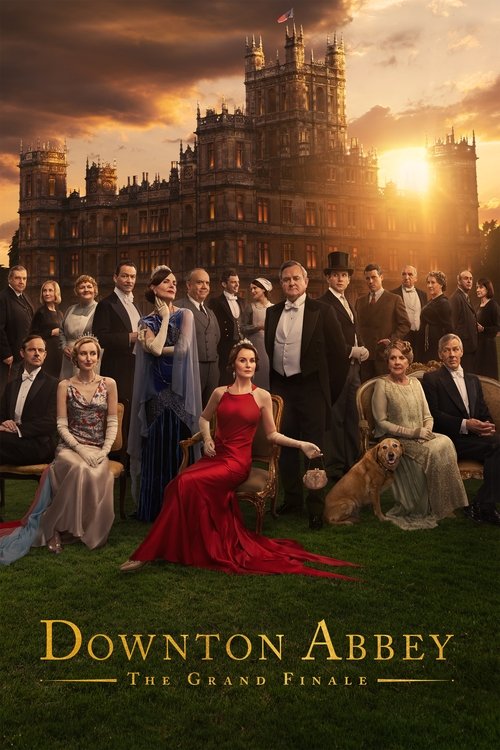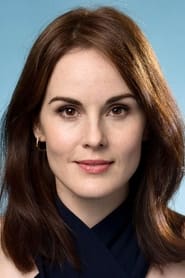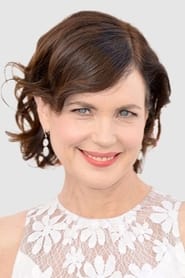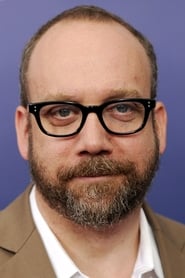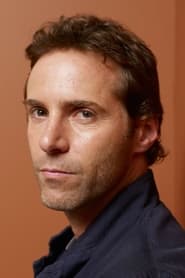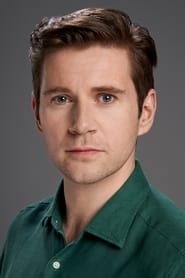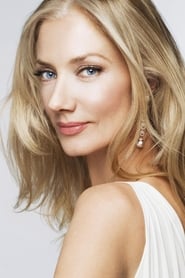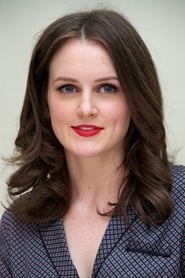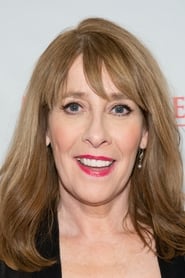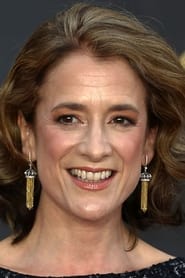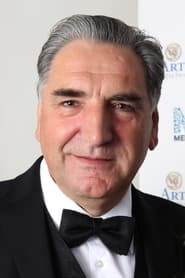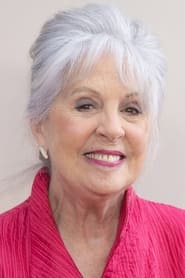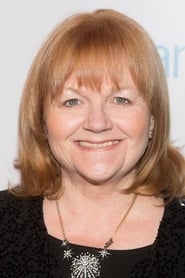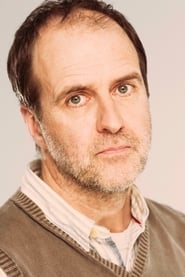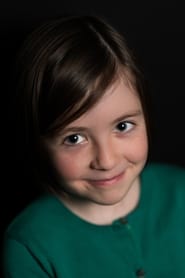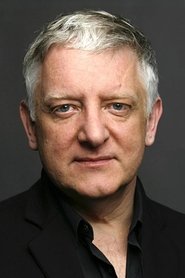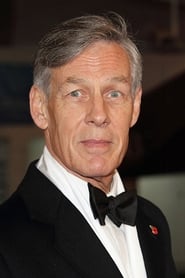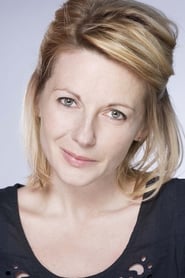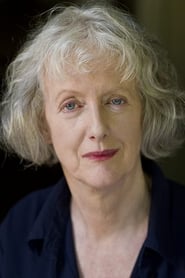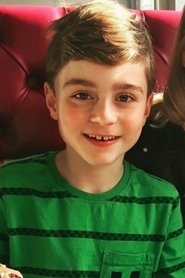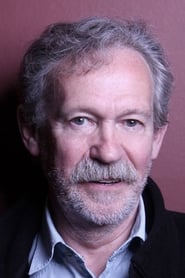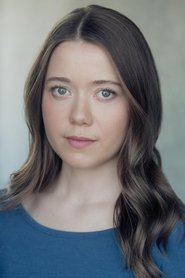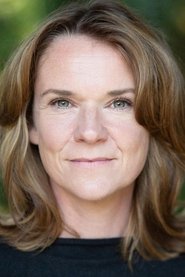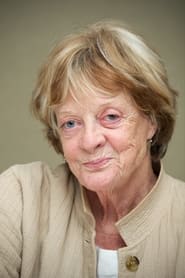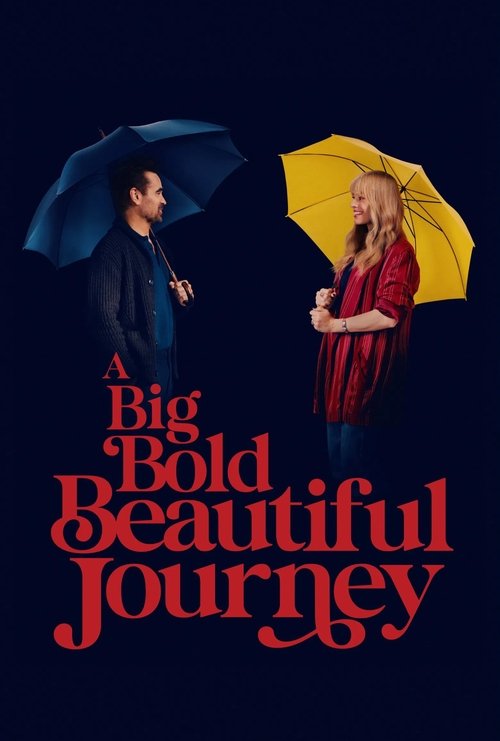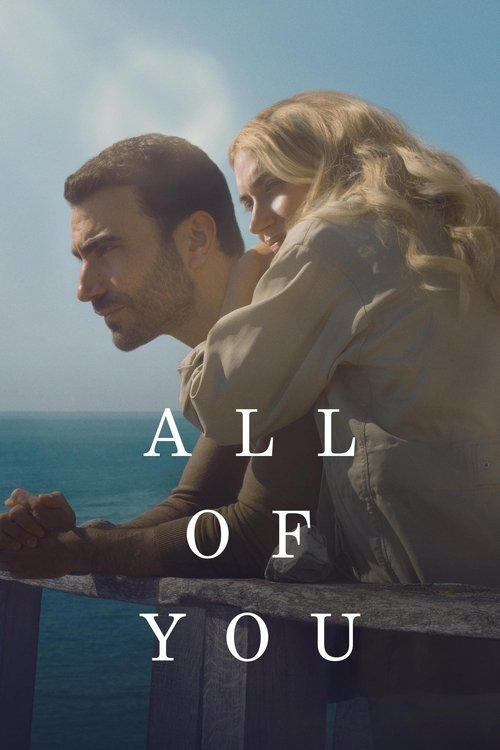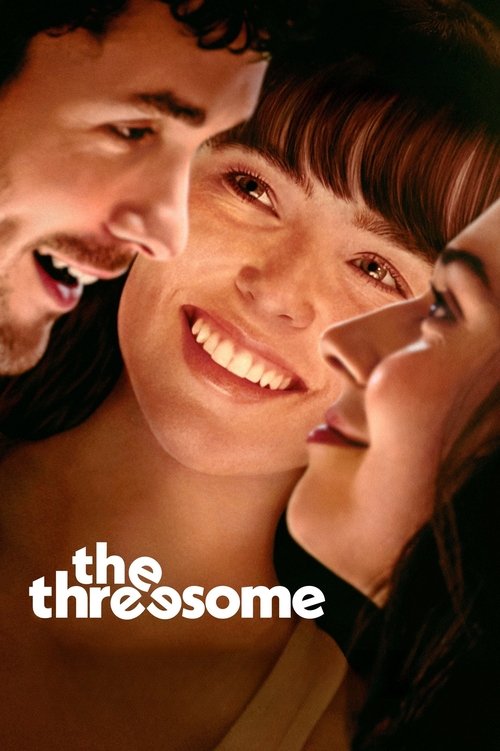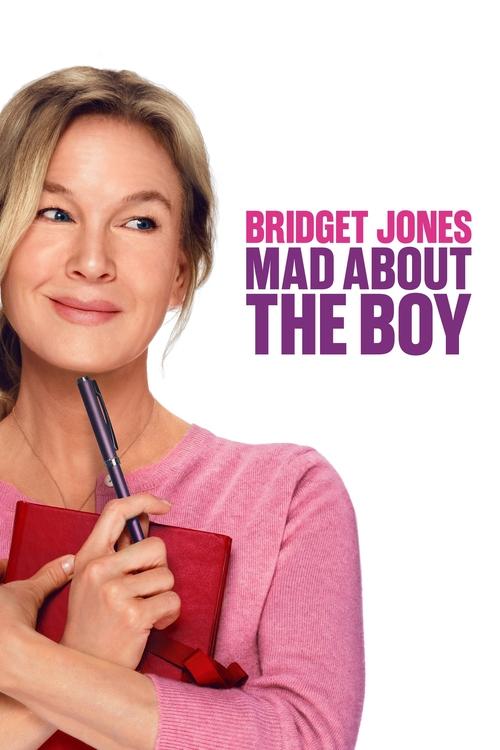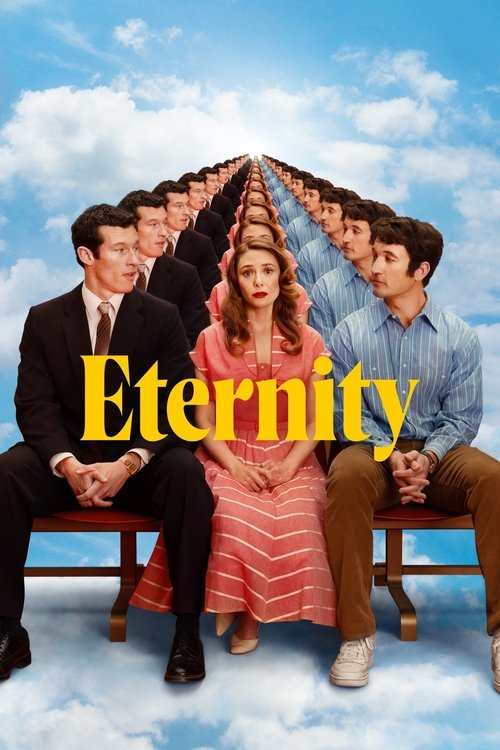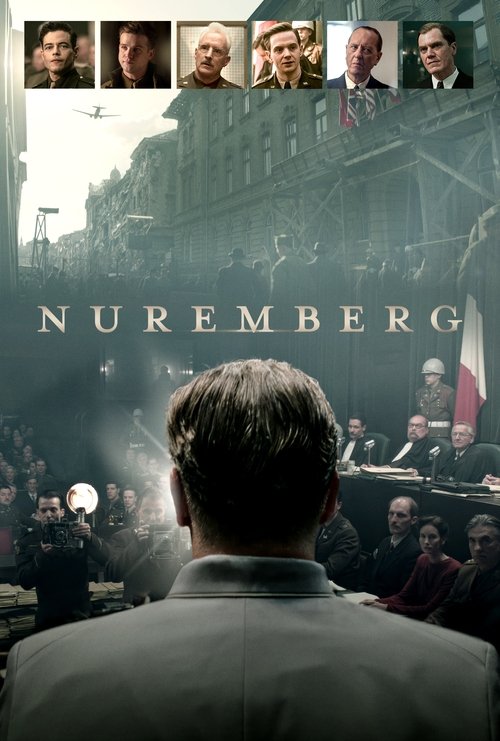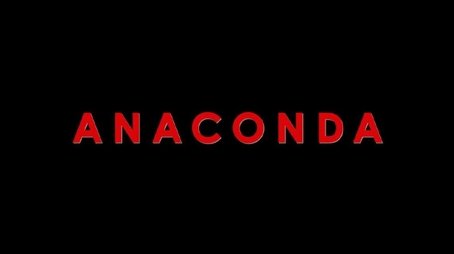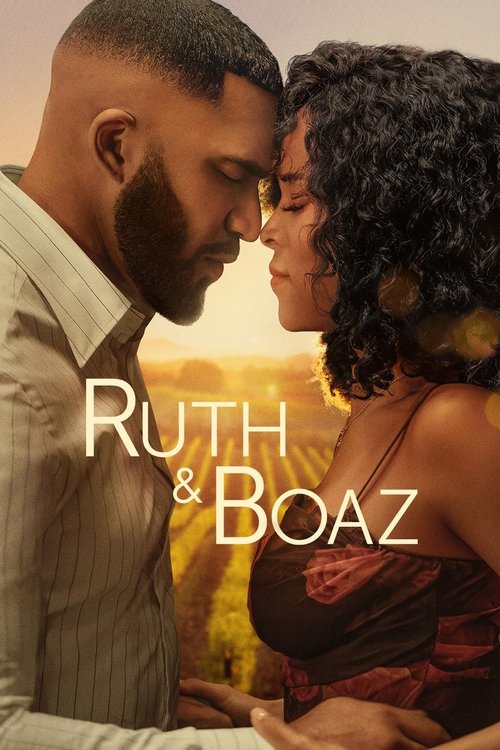
Ask Your Own Question
What is the plot?
Set in 1930, Downton Abbey: The Grand Finale opens with the Crawley family, except for Mary, attending a London theatre production starring Guy Dexter and Noël Coward. Backstage, they reunite with Guy, Coward, and Thomas Barrow, the former Downton butler who now serves as Guy's assistant and is also his romantic partner. The next day, the Crawleys gather at Lady Petersfield's ball, where a scandal erupts: news breaks that Mary and Henry Talbot have divorced. The revelation disgraces Mary, and she is promptly asked to leave the event. The family returns to Downton Abbey, but Mary remains behind at Grantham House to receive Cora's brother, Harold Levinson, who has arrived from America following the death of their mother, Martha.
Harold is accompanied by Gus Sambrook, a financial advisor who saved Harold from financial ruin by pulling his investments out of the stock market just before the Wall Street Crash. Gus and Mary share a mutual attraction and eventually sleep together. The Crawley family then travels to Downton Abbey, where Harold, much to Cora's dismay, confesses that he squandered their mother's fortune through poor investments. He proposes investing Downton's remaining assets to recover his losses and repay his debt to Gus.
The news of Mary's divorce causes the Crawleys to be shunned by their neighbors, who refuse a dinner invitation. Robert, deeply hurt by Mary's failed marriage and Harold's recklessness, storms out in anger when Mary suggests selling the London Grantham House to raise funds. Mary leads the family in rejecting Gus's proposal to invest Downton's income, which prompts Gus to blackmail Mary over their affair. Meanwhile, Tom Branson arrives and, together with Bertie Pelham, persuades Robert that Mary's decisions are in the estate's best interest. Convinced, Robert entrusts Downton Abbey fully to Mary, while he and Cora decide to move into the Downton Dower House, taking with them servants John Bates and Anna.
At Ascot Racecourse, Tom learns from an acquaintance that Gus is a con artist who amassed his wealth by swindling others. Realizing Gus embezzled the Levinson fortune, Tom warns the Crawleys and Harold. Edith confronts Gus, forcing him to back off from the family. As Gus departs, he has a final terse exchange with Mary, who dismisses him coldly. Harold, remorseful, reconciles with Cora before returning to America.
Edith and Cora discover that Guy Dexter, Noël Coward, and Thomas Barrow plan to visit Downton Abbey. Seeing a chance to restore Mary's reputation, they instruct the servants to spread the news throughout the village. Mr. Molesley, now a full-time screenwriter, returns to Downton as a footman for the dinner, hoping to catch the attention of Guy and Coward. Although Guy fails to recognize him, Coward is impressed by Molesley's script for The Gambler. Molesley's spirits lift further when a conversation with Coward inadvertently inspires the title for Coward's upcoming play, Private Lives, which draws from Mary's divorce. The dinner is a success, and the Crawleys regain social favor.
Meanwhile, Isobel, Lady Merton, organizes the annual county fair but clashes with the traditionalist chairman, Sir Hector Moreland, over how the event should be run. Seeking new ideas, Isobel invites Downton servants Daisy and Mr. Carson to join the committee. Their influence helps Isobel implement her vision. When Sir Hector vehemently opposes Mary presenting the fair's main award, Isobel orchestrates a coup that removes him as chairman. Mary then presents the award to Mr. Mason, Daisy's father-in-law.
As preparations conclude, Robert and Cora ready themselves to move into the Dower House. The servants and Edith express their confidence in Mary's ability to manage Downton Abbey. As Robert and Cora stroll the estate grounds, Mary remains in the Main Hall, reflecting on her past experiences and the loved ones she has lost. The film closes with a mid-credits scene showing the couples from the series enjoying each other's company, signaling a hopeful future for Downton Abbey.
Throughout the film, no character deaths occur, and the narrative focuses on social scandal, financial peril, and the transition of leadership within the Crawley family. The story features no battles or arena sequences but centers on political and social intrigue, including blackmail, financial deception, and the struggle to maintain the estate's legacy amid changing times. The key betrayals involve Gus Sambrook's embezzlement and blackmail attempts, which are ultimately thwarted by the Crawleys and their allies.
Character relationships evolve significantly: Mary confronts public disgrace but ultimately reclaims her position as head of the estate; Robert and Cora gracefully step back to support the next generation; Thomas Barrow embraces his new life in the theatre world; and the servants gain greater agency, exemplified by Daisy and Carson's involvement in the county fair. The film ends on a note of renewal and continuity, with Downton Abbey poised to enter a new era under Mary's stewardship.
What is the ending?
At the end of Downton Abbey: The Grand Finale (2025), the Crawley family and their staff face significant changes as they enter the 1930s. Lady Mary, after a public scandal caused by her divorce, confronts social disgrace but ultimately steps into her role as the head of Downton Abbey. The family deals with financial difficulties, the passing of the Dowager Countess, and generational shifts. The film closes on a hopeful note with Tom and Lucy welcoming a baby girl, symbolizing a new era for Downton Abbey and its people.
The ending unfolds scene by scene as follows:
The film begins with the Crawley family and staff adjusting to the 1930s. Lady Mary is at the center of a scandal due to her recent divorce from Henry Talbot, which causes her to be socially ostracized. At a high-society party, Mary is publicly shunned, notably by Lady Petersfield, who embodies the era's rigid social norms. This moment highlights the tension between tradition and changing social attitudes.
Meanwhile, Lady Grantham (Cora) mourns the peaceful passing of the Dowager Countess, Violet Crawley, who dies surrounded by family. Violet's final moments convey her confidence in Mary's ability to carry on the family legacy, despite Robert's initial reluctance. This passing marks the end of an era and the symbolic handing over of responsibility to the next generation.
Robert Crawley, the Earl of Grantham, struggles with the idea of change. A key scene shows Mary taking Robert to view a London apartment, where he is shocked by the modesty compared to their grand home. He is dismayed by the idea of living in a flat with neighbors and having to walk along a hallway to bed, rather than ascending a grand staircase. This scene symbolizes the downsizing of aristocratic life and the shift in societal structures. Robert's resistance contrasts with Mary's more adventurous spirit, though he secretly admires her independence.
Financial troubles loom over Downton Abbey. Lady Grantham hopes to use an inheritance to stabilize the estate, but the arrival of her brother Harold Levinson and his financial advisor Gus complicates matters. Their presence introduces uncertainty and potential risk to the family's finances.
Upstairs, Lady Edith, now the Marchioness of Hexham, is thriving. She runs a magazine and handles her social position with confidence. Edith's marriage to Bertie Pelham is stable, and she even confronts an unruly cad in a memorable scene, asserting her strength and independence.
Downstairs, the staff also face transitions. Andy and Daisy, newly married, seek more privacy and cleverly set up a romance between Mr. Mason and Mrs. Patmore, which blossoms. This subplot adds warmth and continuity to the household's future.
The film culminates with Tom and Lucy welcoming a baby girl, symbolizing hope and the continuation of life at Downton Abbey. This joyful moment contrasts with the earlier tensions and losses, emphasizing renewal and the promise of a new generation leading the estate forward.
In the final moments, Mary fully embraces her role as the head of Downton Abbey, ready to navigate the challenges of the changing world. Robert, though initially resistant, accepts this transition, signaling a generational shift and the evolution of the family and estate into the future.
Thus, the ending of Downton Abbey: The Grand Finale is a detailed portrayal of change--social, familial, and personal--marked by loss, adaptation, and hope for the future. Each main character's fate is clearly depicted: Mary steps into leadership; Robert comes to terms with change; Edith flourishes in her new life; Andy and Daisy build their future; and the arrival of Tom and Lucy's child heralds a new chapter for Downton Abbey.
Who dies?
Based on available, credible sources, there is no evidence that any major or supporting characters die during the events of Downton Abbey: The Grand Finale (2025). The film is set in 1930, two years after the previous installment, Downton Abbey: A New Era (2022), and focuses on the ongoing lives, relationships, and challenges of the Crawley family and their household, rather than introducing new character deaths.
The most significant death related to the franchise is that of Violet Crawley, the Dowager Countess of Grantham, played by Dame Maggie Smith. However, Violet's death occurs at the end of the second film, Downton Abbey: A New Era, not in The Grand Finale. Her absence is felt throughout the final movie, and her legacy is honored in several poignant moments, including a vision sequence where Lady Mary sees her late grandmother, along with other departed loved ones, during a climactic, emotionally charged scene. This sequence serves as a tribute both to the character and to Maggie Smith herself, who passed away in 2024.
The film's narrative instead centers on Lady Mary facing social scandal following her divorce, the evolving dynamics within the family, and the emotional goodbyes as characters part ways--some leaving Downton, others finding new paths, but none meeting their end during the story. The final scenes emphasize reconciliation, memory, and the passage of time, rather than mortality.
In summary, while the specter of past deaths (Violet Crawley, Matthew Crawley, Lady Sibyl) haunts the characters and is visually evoked in a dreamlike tribute, no characters die during the actual events of Downton Abbey: The Grand Finale. The film's emotional weight comes from farewells, transitions, and the enduring impact of those already lost, not from new fatalities within the household.
Is there a post-credit scene?
Yes, Downton Abbey: The Grand Finale (2025) includes mid-credit scenes, which can be considered post-credit scenes. These occur during the credits rather than after them fully conclude. One such scene involves a party thrown for Noël Coward, shifting the film's focus briefly after what feels like the end of the main story. This moment serves as a subtle epilogue, reflecting on the passage of time and the cultural changes surrounding the characters.
No additional details about a traditional post-credit scene after all credits have rolled are noted in the available reviews, but the mid-credit scenes provide a final narrative touchpoint before the film fully ends.
What specific scandal involves Lady Mary in Downton Abbey: The Grand Finale?
Lady Mary is at the center of a public scandal caused by her divorce, which creates social upheaval and threatens the family's reputation in the 1930s setting of the film.
How does the financial trouble affect the Crawley family and Downton Abbey estate?
The Crawley family faces significant financial ruin that threatens the future of Downton Abbey, forcing them to confront social disgrace and consider embracing change to preserve the estate.
What role does the next generation play in the story of Downton Abbey: The Grand Finale?
The next generation is preparing to take control and lead Downton Abbey into the future, marking a transition in leadership and the adaptation of the estate to new social realities.
What is the status of Anna Bates’ pregnancy storyline in the film?
Anna Bates' pregnancy storyline continues in the film, adding a personal and emotional dimension to the household's challenges during this period of upheaval.
How is the character Violet Crawley, the Dowager Countess, honored or referenced in the film?
There is a tribute to Violet Crawley, portrayed by Maggie Smith, including poignant moments such as Lady Mary looking at a portrait of her late grandmother, acknowledging her lasting influence on the family and story.
Is this family friendly?
Downton Abbey: The Grand Finale (2025) is rated PG for suggestive material, smoking, and some thematic elements, making it generally family friendly but with some content that may require parental guidance for younger or sensitive viewers.
Potentially objectionable or upsetting aspects include:
- Suggestive material: There are romantic and intimate situations, including a one-night stand and implications of seduction, though no explicit sex or nudity is detailed.
- Smoking: Characters are shown smoking, which may be a concern for some parents.
- Thematic elements: The film deals with mature themes such as public scandal, financial trouble, social disgrace, and complex adult relationships, which might be emotionally intense or confusing for children.
- Emotional drama: Scenes involving family tension, vulnerability, and personal struggles could be upsetting for sensitive viewers.
There is no mention of significant violence, gore, or strong profanity, and the overall tone remains a dignified family drama with traditional values of duty, respect, and compassion.
Parents should consider these factors when deciding if the film is appropriate for their children, especially younger ones or those sensitive to mature social themes.

